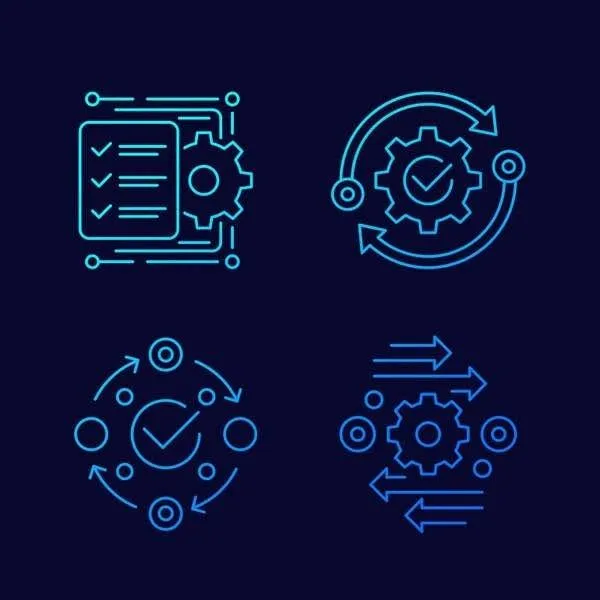
Get CLARITY and CONFIDENCE
Take Your SIMPL Programming To The Next Level
Build Better Crestron Systems With The TLDR Method
$369 USD
What is the TLDR Method?
The TLDR Method helps advance your programming capabilities by teaching you to reduce haphazard code and build better systems. It serves as a roadmap to build Crestron systems - primarily using SIMPL Windows and Vision Tools Pro-e. I have boiled down the best techniques from my own programming experience over the last decade of Crestron and related AV system development into an online course designed to take you to the next level. The TLDR Method is NOT a rigid framework, or a set of modules that restricts you to specific functionality. Think of it more as a guiding set of principles that promotes consistency and scalability, while still allowing your own customization.


Why Do You Need It?
When you take Crestron programming P101, P202, and P301 they teach you how to do "stuff". They show you how to make different logic blocks and string manipulation to achieve certain objectives. But they don't show you how to put it all together. A couple of years ago, I launched the Crestron Basics Bootcamp course with the intention to fill this gap. I thought that people would benefit from seeing a system being built from start to finish. While it did help people and continues to do so, I realized that people aren't getting the full benefit by watching someone write a program. There are good tidbits of information, but you have to sit through a lot of content to really pick up on them. I realized that people really need a guide to teach them a process that gets them to the finish line. TLDR gives you the glue between the knowledge you already have and the systems that you need to create in a scaleable and uniform way.

Naming Conventions
We use naming conventions that improve readability and contain essentially built in comments. This makes troubleshooting and debugging easier and leads to less errors when coding.

Decoupling of Interface/Device Logic
The interface should be independent of the device logic. Feedback can still be provided from the device to the interface, but navigation of an interface should be completely independent from other interfaces or what the hardware is doing, unless the use case of the system dictates otherwise.

Abstraction from Physical Hardware
This is applied where appropriate, and promotes re-usability of sections/folders of code
Build Better Crestron Systems With The TLDR Method
$369 USD
